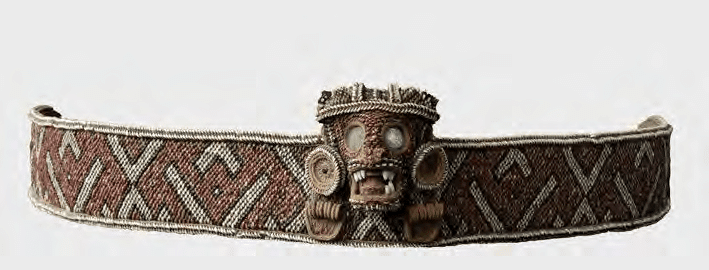Although Rowe's Inca Culture at the Time of the Spanish Conquest was published in the 1940s, some modern scholars have lauded the study as a worthwhile one that still holds up today. As part of a larger project on South America's indigenous peoples, Rowe's relatively short but comprehensive overview of the Inca in the last few centuries before Spanish rule endeavored to cover everything from religious practices to agriculture. Due to the time it was published, before our era's more advanced archaeological methods and technology, Rowe mostly relies on the written sources from the 1500s and 1600s, placing especial esteem for Cobo. El Inca Garcilaso and Blas Valera, especially on matters of religion, were considered less reliable by Rowe. Polo de Ondegardo, interrogations from the governorship of Toledo, and interesting references to Diego Gonzalez Holguin, Cabello, Morua, and others illustrate just how vast the uneven corpus of Spanish sources on the Inca past truly is. It is also noteworthy how some scholars of the present century seem to place more confidence in Blas Valera and even some of the information in the problematic chronicle of Montesinos. In our own opinion, Rowe was perhaps writing too soon to know the type of information available to later scholars on pre-Inca large kingdoms or territories in the highlands. But Rowe's mastery of the relevant source material and attempt to balance it with references drawn from the ethnographic present and archaeology is impressive. For instance, careful examination of the early grammaires and dictionaries of Quechua is indispensable for reconstructing the preconquest past. Thus, our readings in the Inca past have barely scratched the surface.

No comments:
Post a Comment